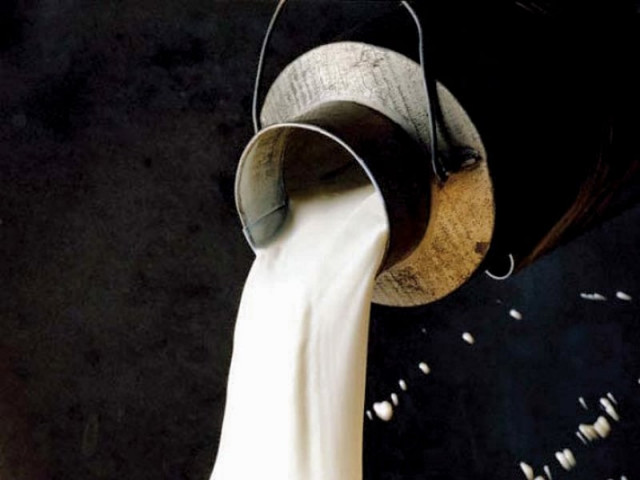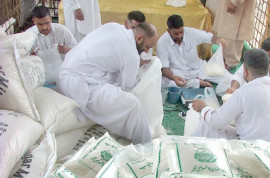
Though many people have switched to packaged milk, both ultra-high temperature (UHT) processed and pasteurised, still majority of the public likes to consume loose milk and for this milkmen (Gawalas) are their only source.
However, these milkmen are given a tough time by the Lahore government, which has intensified its drive to enforce regulations relating to the informal milk supply. As a result, the availability of loose milk is fast becoming a dream for the citizens.
Before urbanisation started gaining pace at the start of the 21st century, loose milk was not only available to almost each and every citizen of Lahore but it was also of premium quality.
But now the city of over 10 million people gets 90% of its milk from adjacent districts and only 10% is being supplied by milkmen in Lahore, who, too, have been pushed to the outskirts of the city.
In the last five years, because of the demand-supply gap, milk shops have become an alternative for the citizens to get relatively better milk. Currently, there are over 1,300 such shops in Lahore and these are constantly monitored by the Punjab Food Authority (PFA).
Shahdara, Raiwand, Kasur, Sharqpur, Baidian, Okara and Sahiwal along with many other districts are the main source for milk supply to Lahore. Due to increasing demand, these milk shops, which have their own farms, also depend on small and medium-size cattle raisers to cater to the needs.
Majority of milkmen who provide milk at people’s doorsteps also rely on such farmers and hence, essentially, act as middlemen.
The PFA was forced to intensify its drive against milkmen or middlemen because they had been adulterating before supplying loose milk to retail stores.
The City District Government Lahore has made it mandatory for the milkmen to provide milk with a fat ratio of 5% for buffalo milk and 3.5% for cow milk. The price of milk with 5% fat is set at Rs60 per litre and that of milk with 3.5% fat is set at Rs45 per litre.
Since buffalo milk contains fat between 7 to 8%, the milkmen initially separate additional fat from the milk. They mix cow milk with buffalo milk, maintaining the fat ratio accordingly.
Milk shops usually have chillers for milk supply from farms to their shops – they normally maintain the fat quantity and avoid major adulteration.
On the other hand, many milkmen are not so straightforward. After collecting milk from farms, or agencies, they separate fat and sell them to different shops; then they mix vegetable oil in milk to increase the fat ratio.
Since milk is a perishable item and in summers its life is not more than two hours, these milkmen add many unhealthy things to preserve milk for a longer period as well as to make it thick.
PFA is active in checking adulteration but loopholes still exist. Though PFA is more active in checking and testing the milk the chillers bring, the Gawalas sometimes avoid these tests.
Some citizens prefer to collect milk directly from small and medium farms which are on the outskirts of the city. However, since this is a time-consuming process, many citizens are forced to consume milk provided by milkmen, which, in a majority of cases, is not good for health.
Published in The Express Tribune, May 5th, 2014.
Like Business on Facebook, follow @TribuneBiz on Twitter to stay informed and join in the conversation.

















COMMENTS
Comments are moderated and generally will be posted if they are on-topic and not abusive.
For more information, please see our Comments FAQ